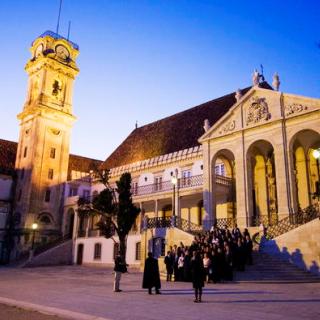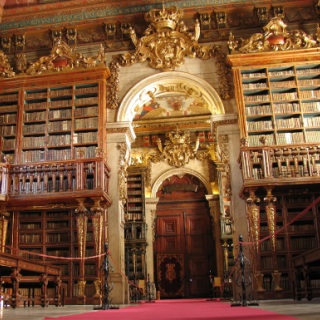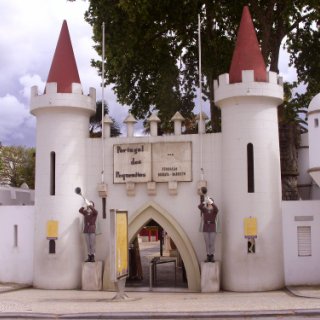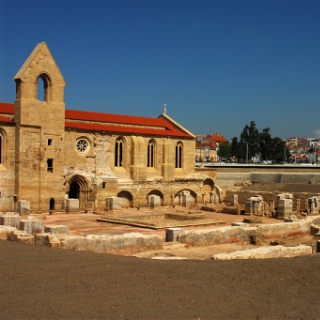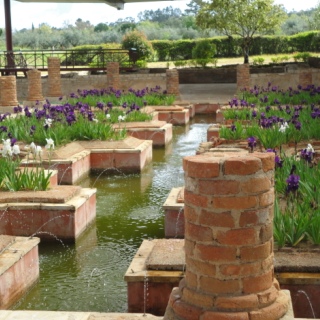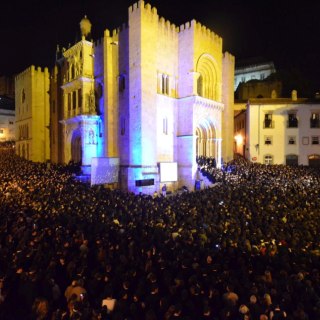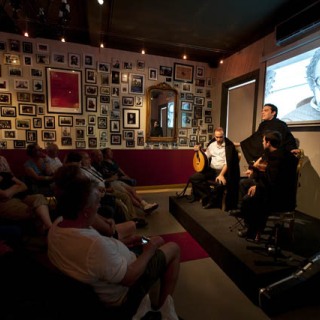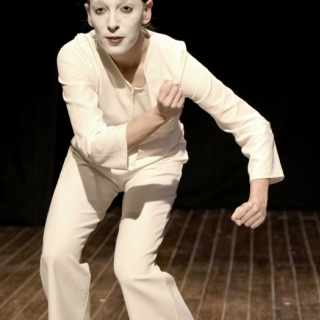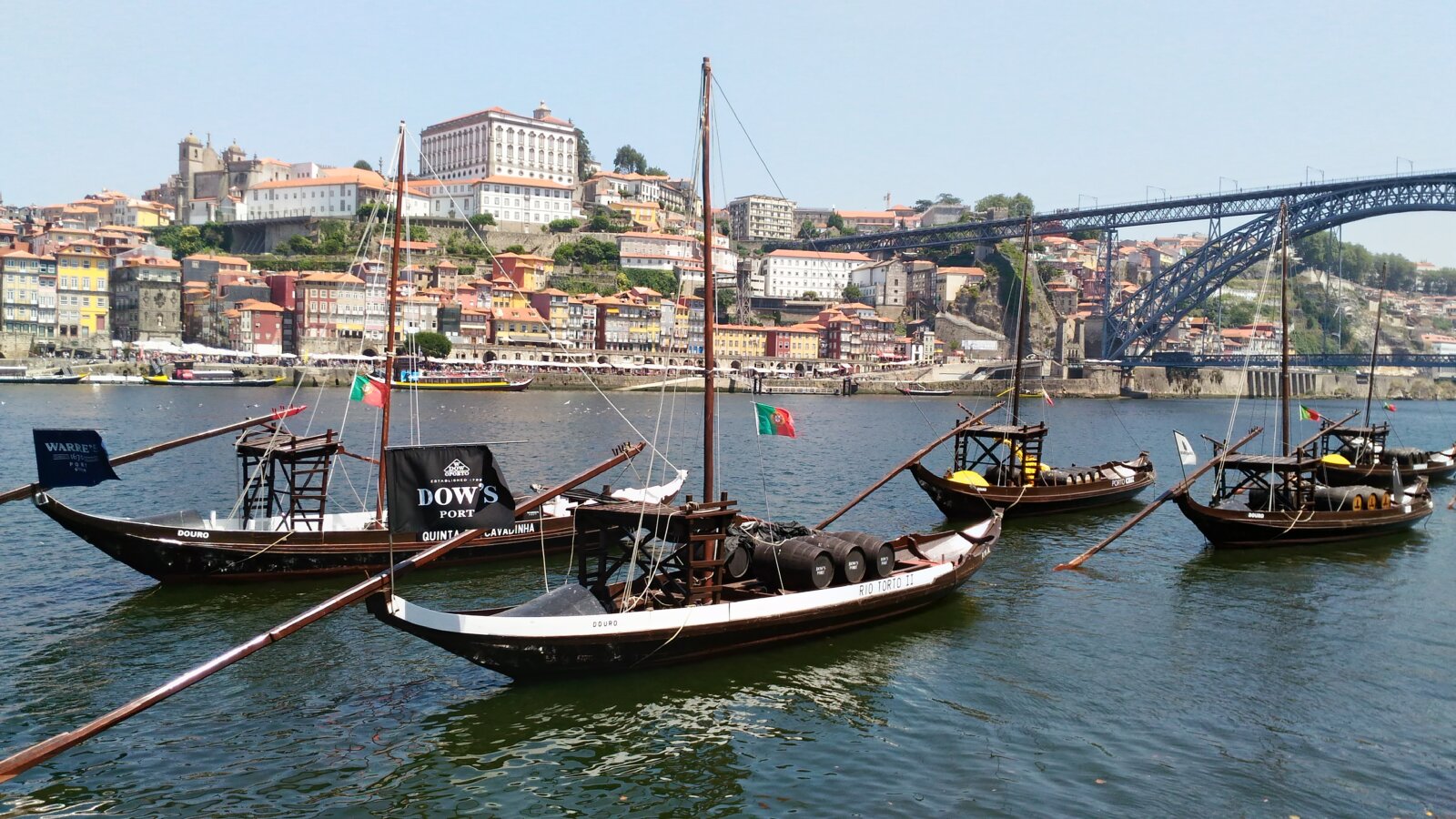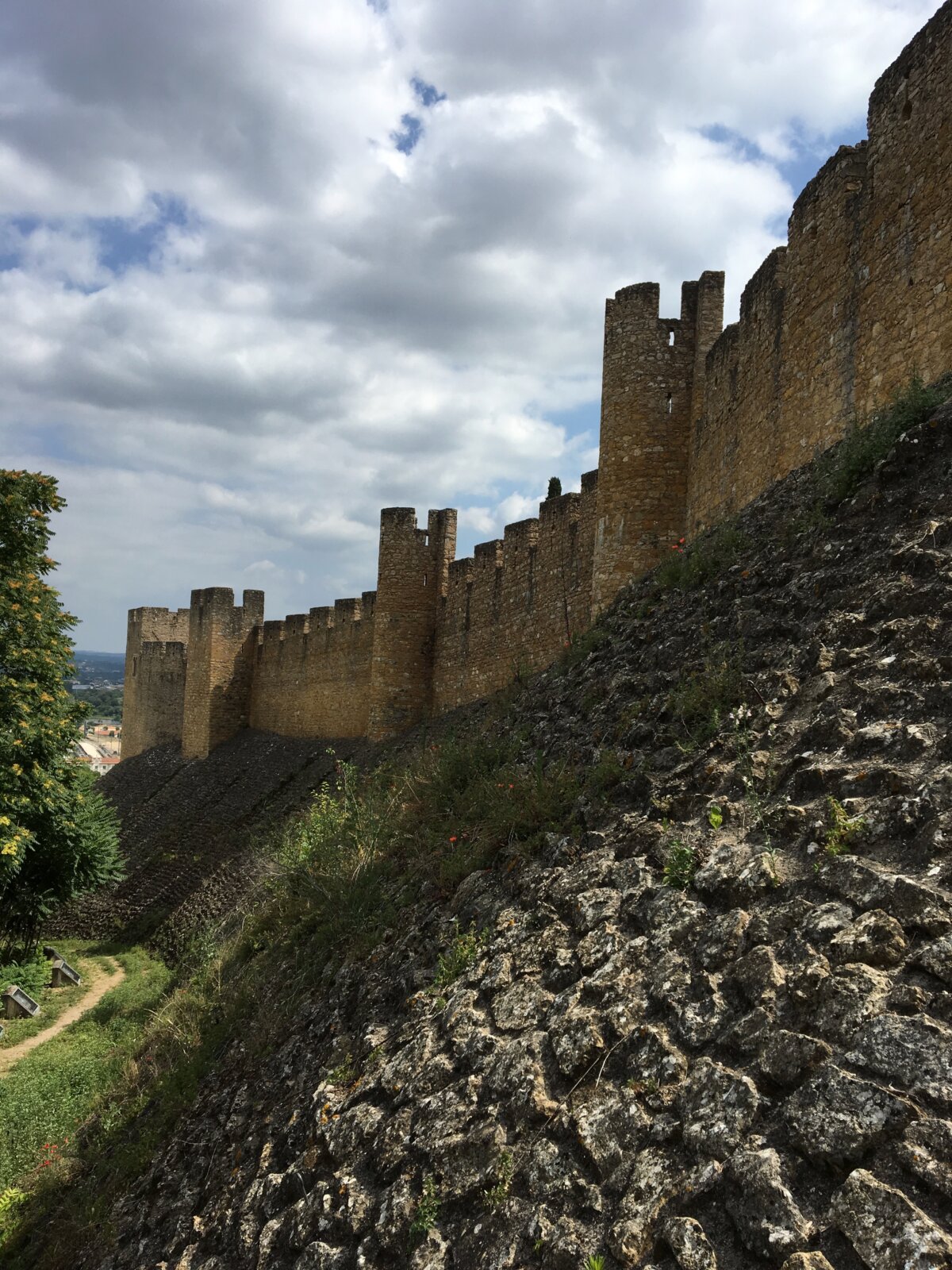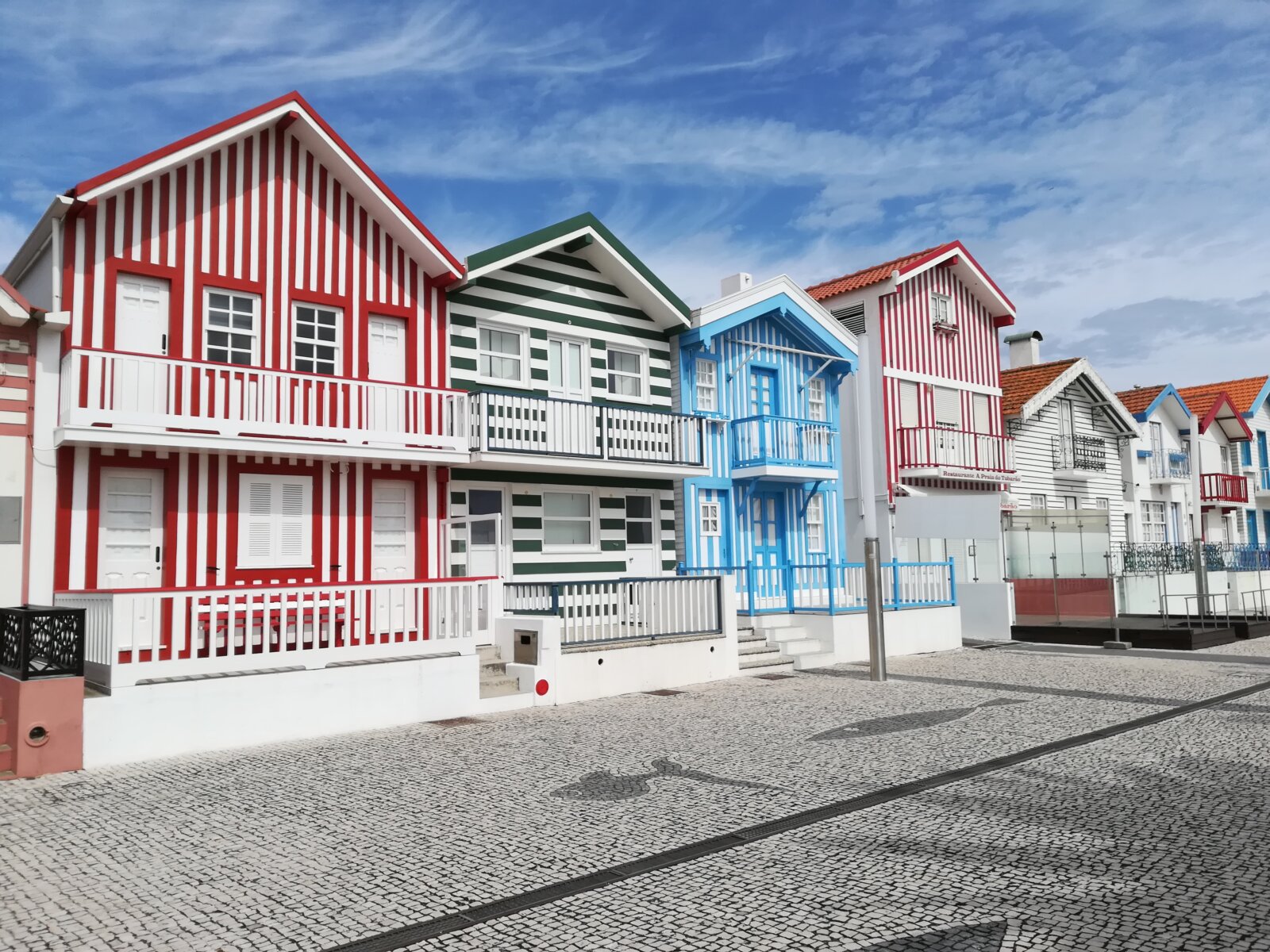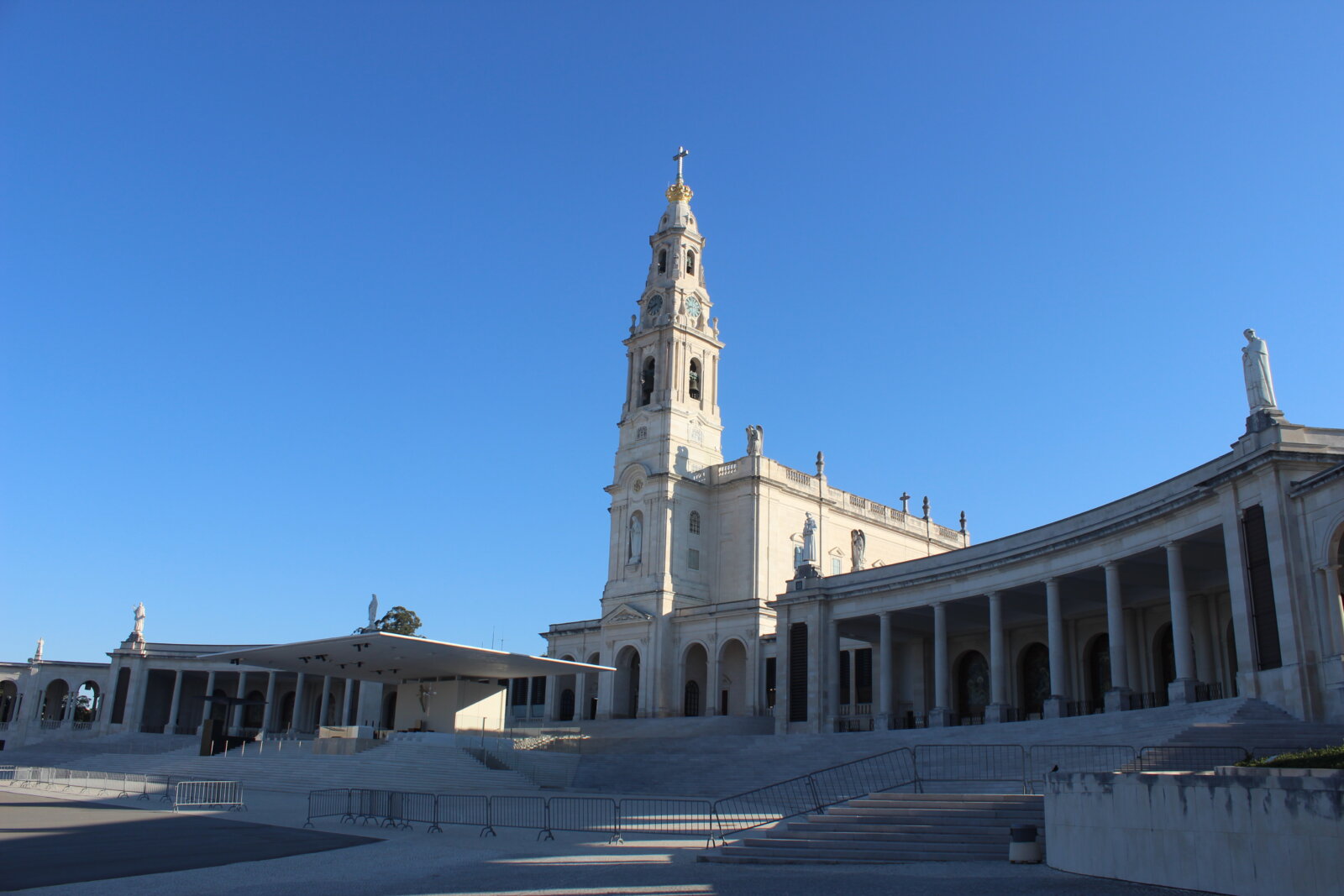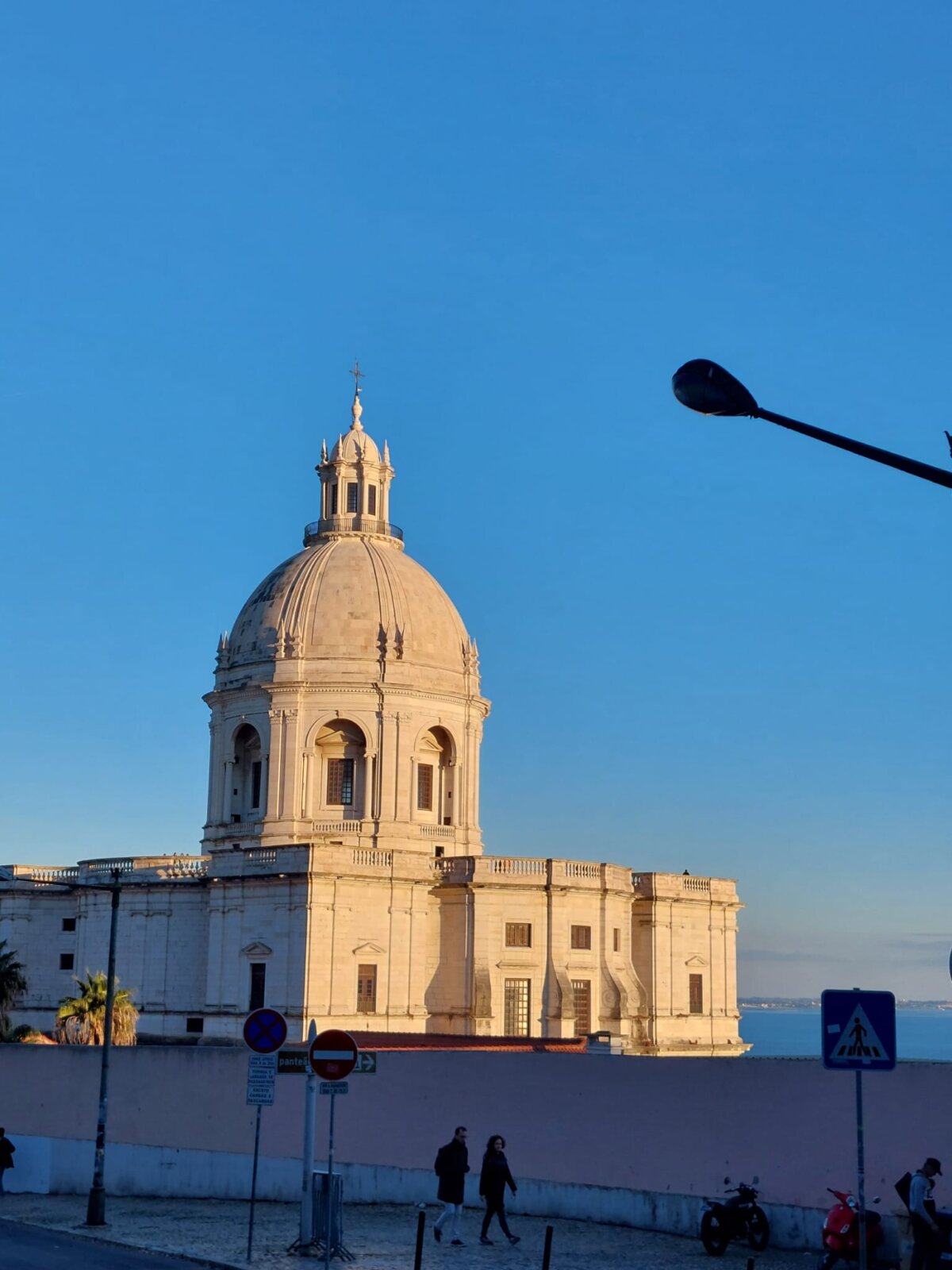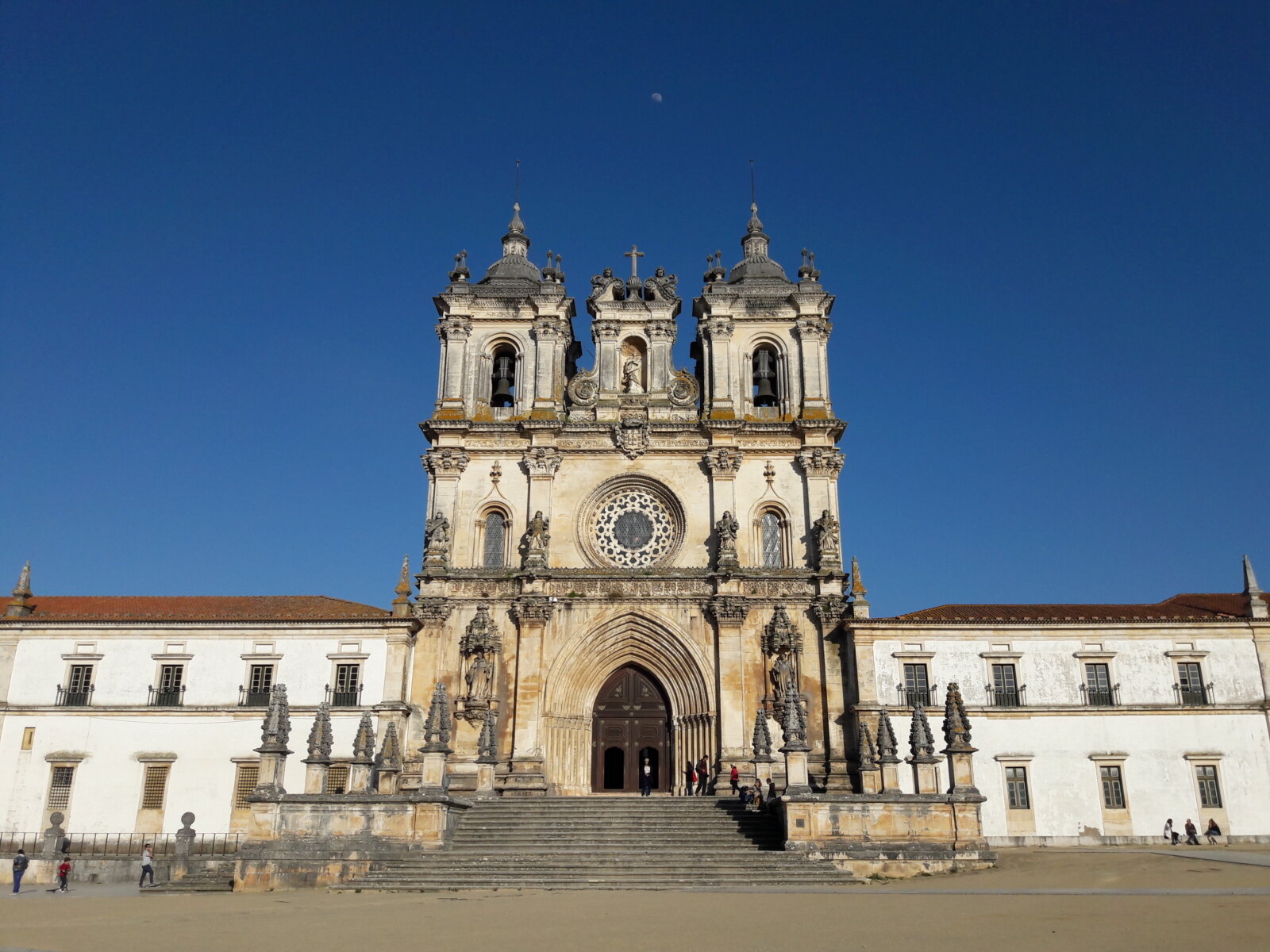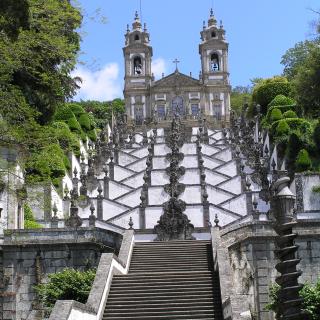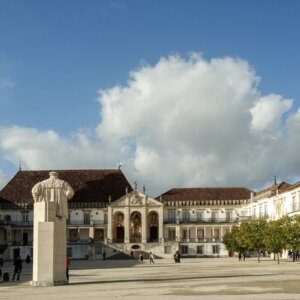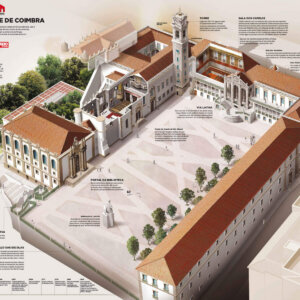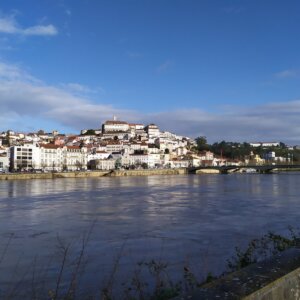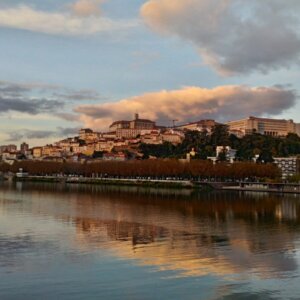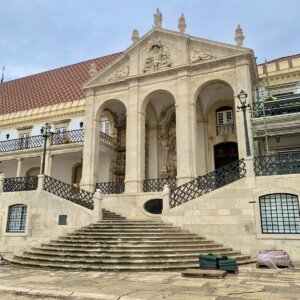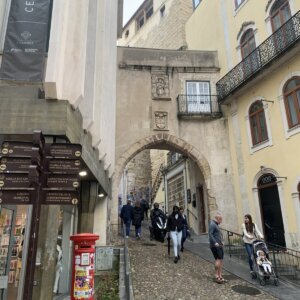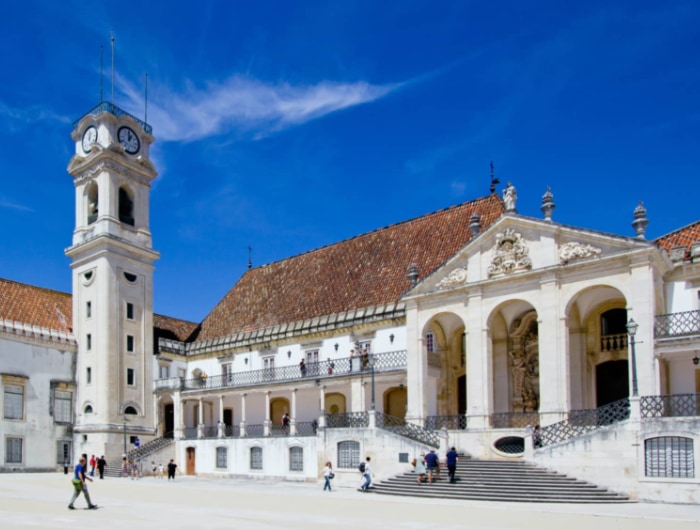Enjoy Coimbra
Known as the City of Students, Coimbra is one of Portugal’s most iconic and historically rich cities. A UNESCO World Heritage Site, it once served as the nation’s capital and remains a symbol of learning and culture.
Six Portuguese kings were born here, and it became the cradle of higher education after founding the country’s first university in 1290. Today, the University of Coimbra is a prestigious institution and a remarkable landmark. The Joanina Library, the Royal Palace, and the tower offer impressive architecture and breathtaking views over the city and the Mondego River. Beyond the university, the city invites you to explore its vibrant streets and peaceful riverbanks. The Mondego River adds life and beauty, creating the perfect setting for walks, boat rides, and photo-worthy moments.
Moreover, the historic centre reveals ancient treasures. There’s history around every corner, from Roman ruins to Gothic churches and charming squares. At night, the soul of Coimbra comes alive through its unique Fado music, sung emotionally by students in traditional robes. In addition, Coimbra delights food lovers with conventional dishes like leitão da Bairrada and sweet treats such as arroz doce. Local restaurants and cafés serve flavours that reflect the region’s rich heritage.
Explore our landmarks, cultural experiences, and regional cuisine suggestions, and let Coimbra surprise you with its knowledge, charm, and deep traditions.
75º F
39º F
